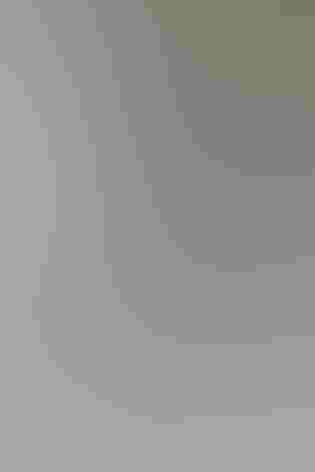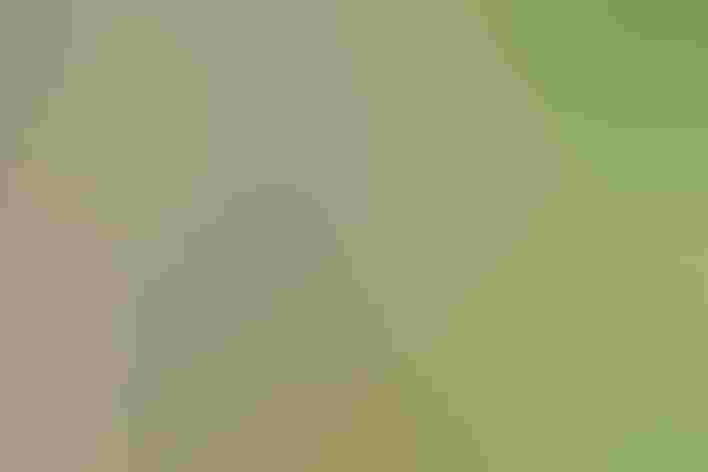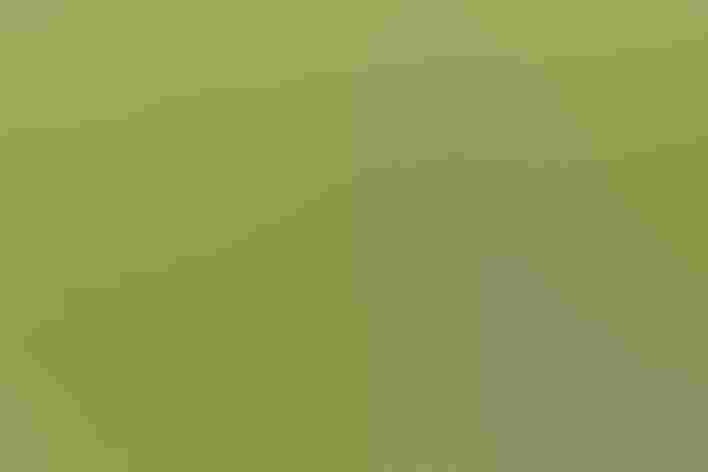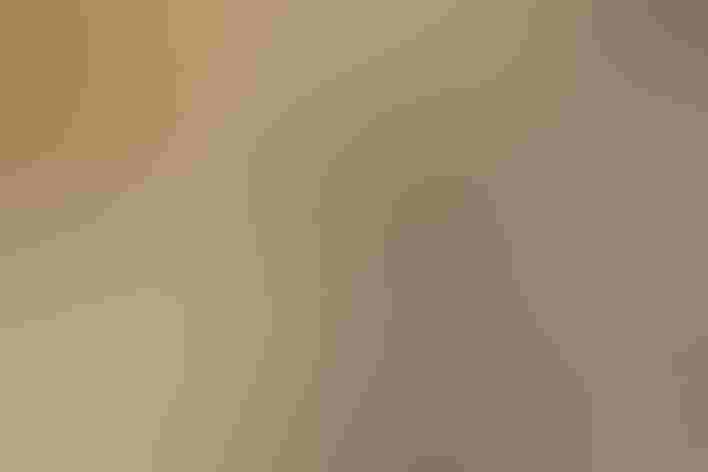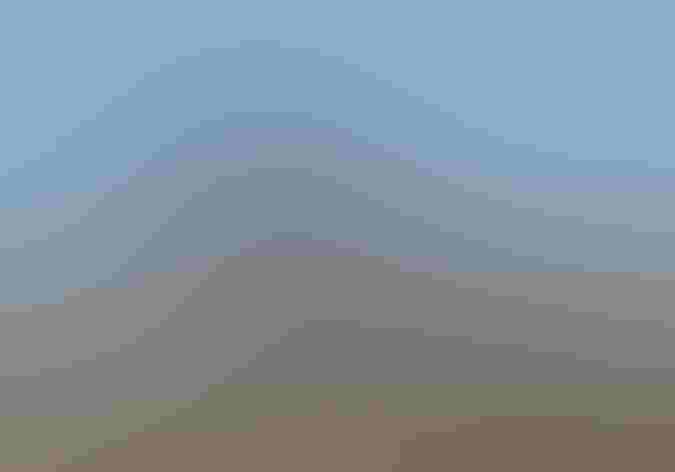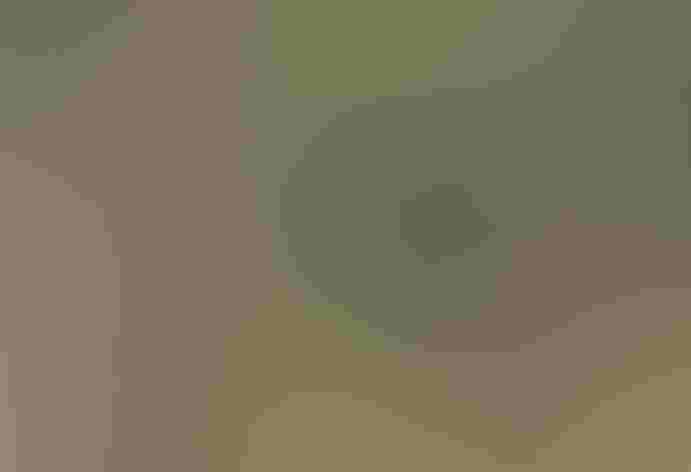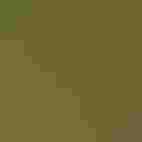Black Phoebe
At a Glance
The sharp whistled call of the Black Phoebe is a typical sound along creeks and ponds in the southwest. The birder who explores such areas is likely to see the bird perched low over the water, slowly wagging its tail, then darting out in rapid flight to snap up an insect just above the water's surface. Related to the familiar Eastern Phoebe of eastern North America, this species has a much wider range, living along streams from California to Argentina.
All bird guide text and rangemaps adapted from by Kenn Kaufman© 1996, used by permission of Houghton Mifflin Harcourt Publishing Company. All rights reserved.
Category
Perching Birds, Tyrant Flycatchers
IUCN Status
Least Concern
Habitat
Arroyos and Canyons, Desert and Arid Habitats, Fields, Meadows, and Grasslands, Lakes, Ponds, and Rivers, Shrublands, Savannas, and Thickets, Urban and Suburban Habitats
Region
California, Northwest, Rocky Mountains, Southwest, Texas
Behavior
Direct Flight, Hovering
Population
5.000.000
Range & Identification
Migration & Range Maps
Mostly a permanent resident, but departs in fall from highest elevations and from northern edge of range in southwest.
Description
6-7" (15-18 cm). Mostly dark charcoal gray, blacker on head, with white belly. Note slim shape, upright posture. Often dips tail down and then up while perched. Juveniles in summer have rusty edges on wing and back feathers.
Size
About the size of a Robin, About the size of a Sparrow
Color
Black, White
Wing Shape
Rounded
Tail Shape
Notched, Rounded, Square-tipped
Songs and Calls
Song is a thin, buzzy pi-tsee, usually repeated. Call is a sharp, down-slurred chip.
Call Pattern
Falling
Call Type
Hi, Whistle
Habitat
Shady streams, walled canyons, farmyards, towns; near water. Occurs in a variety of semi-open habitats. Rarely found away from vicinity of water, which may be natural streams or ponds, or irrigation ditches or even water troughs; water ensures the availability of mud for nests.
Sign up for ³Ô¹ÏºÚÁÏ's newsletter to learn more about birds like the Black Phoebe
Behavior
Eggs
4, sometimes 3-6. White; some (thought to be the last laid) may have reddish-brown dots. Incubation is by female only, 15-17 days.
Young
Fed by both parents. May leave nest 2-3 weeks after hatching. Usually 2 broods per year, rarely 3.
Feeding Behavior
Forages by watching from a perch and darting out to catch insects, often just above water. Catches insects in mid-air, or may hover while picking them from foliage or sometimes from water's surface. May also take insects from the ground, especially in cool weather. Indigestible parts of insects are coughed up as pellets. Male and female maintain separate feeding territories in winter.
Diet
Almost entirely insects. Feeds on a wide variety of insects including beetles, grasshoppers, crickets, wild bees, wasps, flies, moths, caterpillars. Occasionally eats small fish.
Nesting
In courtship, male performs song-flight display, fluttering in the air with rapidly repeated calls, then descending slowly. Nest: Mud nests are usually plastered to sheltered spot such as cliff face, bridge support, culvert, or under eaves of building. Occasionally in well a few feet below ground level. Often returns to same nesting site year after year. Nest (probably built by female) is an open cup, semi-circular if attached to vertical wall, circular if placed on flat beam. Nest is made of mud mixed with grass and weeds, lined with soft materials such as plant fibers, rootlets, hair.
Conservation
Conservation Status
Numbers apparently stable, possibly increasing in some areas where artificial ponds have added to nesting habitat.
Climate Threats Facing the Black Phoebe
Choose a temperature scenario below to see which threats will affect this species as warming increases. The same climate change-driven threats that put birds at risk will affect other wildlife and people, too.

